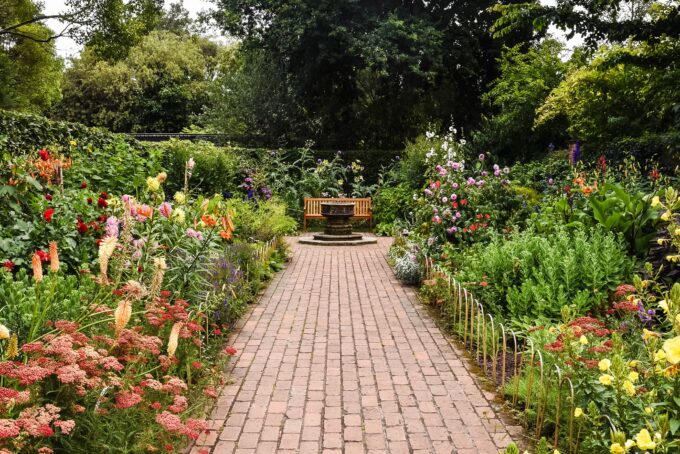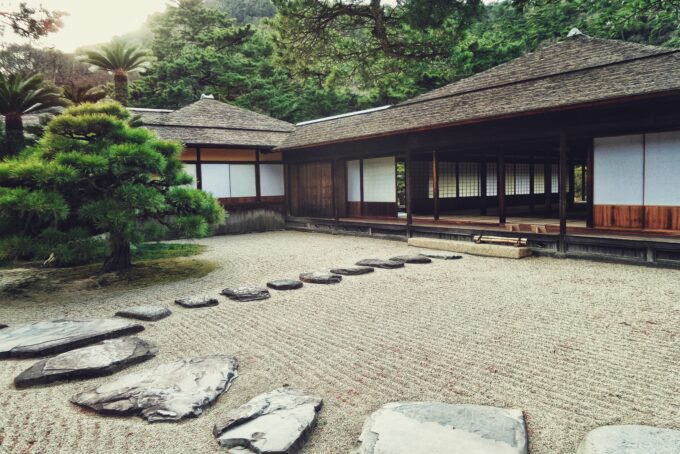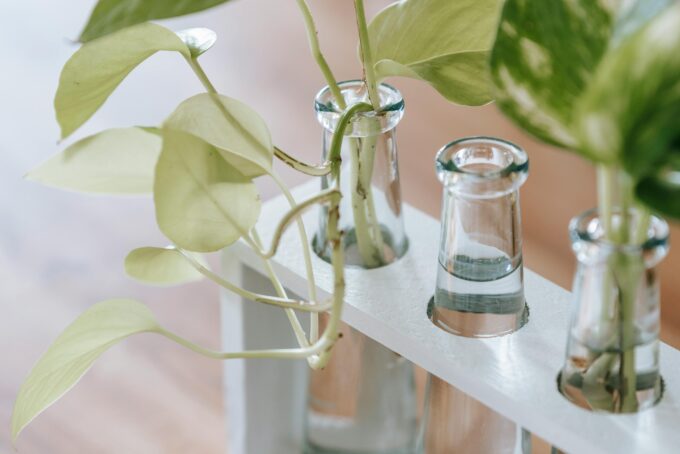Strolling through your whimsical garden is what fairytale dreams are made of. Surrounded by vibrant colors and fresh scents, it’s easy to forget that not all plants and flowers are created equal. In fact, some can be poisonous and even deadly if ingested by mistake. Their good looks might be deceiving, but do your best to avoid adding these dangerous plants to your garden.
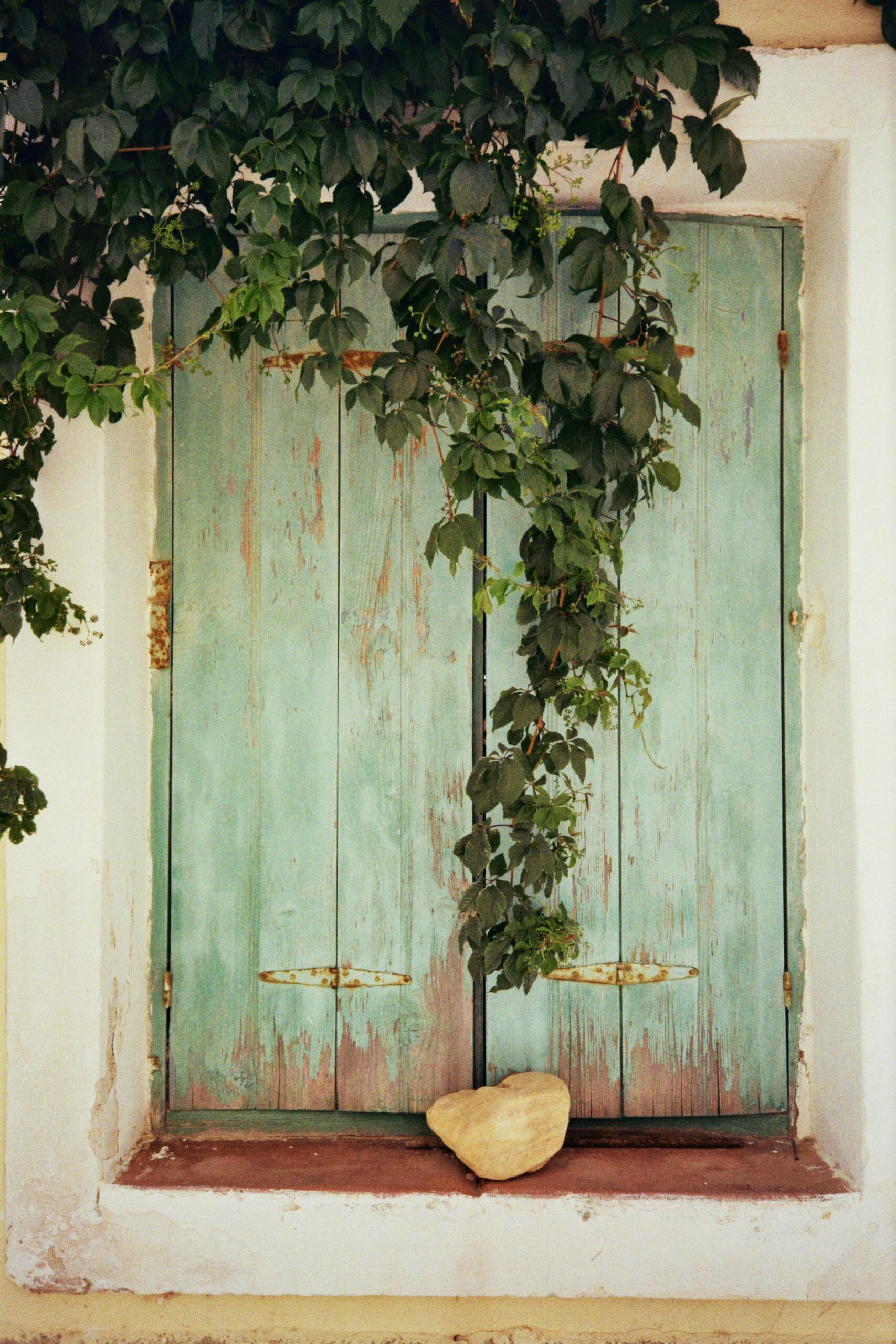
Poison Ivy
This leafy menace is notorious for causing an itchy, blistering rash that can turn a pleasant afternoon in the garden into a scratchy nightmare. Remember the old adage, “Leaves of three, let it be”? It’s sage advice for a reason. Poison ivy isn’t just a forest dweller; it can sneak into your backyard without you even noticing. Unless you’re a fan of calamine lotion and long sleeves in summer, it’s best to steer clear of this green troublemaker.
Oleander
Oleander is the perfect example of looks being deceiving. With its beautiful, fragrant flowers, it might seem like a great addition to your garden. But beware—this plant is as dangerous as it is pretty. Every part of the oleander plant, from its delicate petals to its enticing nectar, is toxic.
Ingesting any part of this plant can cause serious health issues, including heart problems, digestive distress, and in severe cases, death. Even the smoke from burning oleander can be hazardous. If you have curious pets or children, oleander should be a hard pass.
Deadly Nightshade
Also known as belladonna, deadly nightshade sounds like something straight out of a story—and not the kind with a happy ending. This plant has a history steeped in dark, mystical lore, but the danger it poses is very real.
Deadly nightshade contains toxic alkaloids that can cause hallucinations, paralysis, and even death. Just a few berries can be fatal to a child. While it might add a certain gothic charm to your garden, it’s just not worth the risk.
Water Hemlock
Water hemlock, often confused with its benign relative, Queen Anne’s lace, is one of the most toxic plants in North America. All parts of this plant contain cicutoxin, which can cause violent seizures and death within hours of ingestion.
Water hemlock might look harmless with its pretty white flowers, but it’s a classic case of “looks can be deceiving.” Even a small bite of its root can be fatal. It’s the botanical equivalent of a wolf in sheep’s clothing.
Castor Bean
The castor bean plant is often grown for its striking foliage and attractive flowers, not to mention the castor oil derived from its seeds, which has various uses. However, those very seeds contain ricin, a potent toxin.
Eating even a small amount of ricin can lead to severe abdominal pain, vomiting, diarrhea, and even death. It’s like having a ticking time bomb in your backyard. If you’re not prepared to handle this plant with extreme caution, it’s best to admire it from afar.
Foxglove
Foxglove is another beautiful but dangerous addition to the garden. Its tall spikes of tubular flowers are stunning and can attract bees and hummingbirds. However, the entire plant, especially its leaves, contains digitalis, a compound used in heart medication.
Ingesting foxglove can cause nausea, vomiting, diarrhea, and serious heart problems.
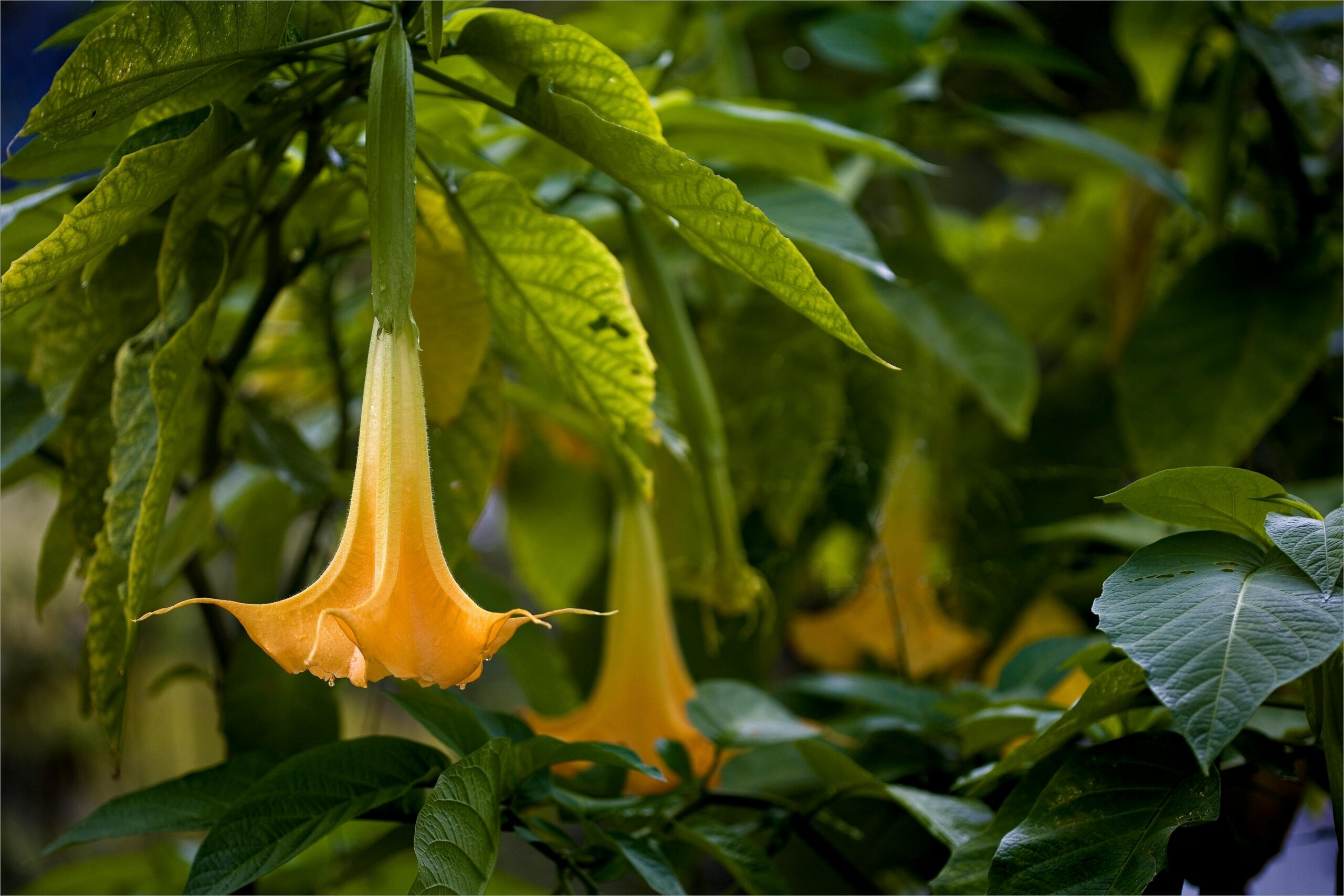
Angel’s Trumpet
Angel’s trumpet is known for its large, fragrant, trumpet-shaped flowers that can add a twist of exotic vibes to any garden. But don’t let its heavenly name fool you; this plant is far from angelic. All parts of angel’s trumpet are toxic, containing alkaloids that can cause confusion, hallucinations, paralysis, and even death. Ingesting this plant is like taking a wild ride on a very bad trip. Its sweet scent might be alluring, but the potential consequences are far from sweet.
Monkshood
Monkshood, also known as wolfsbane, has a rich history in folklore and medicine. Its tall spikes of blue flowers can be quite captivating. However, all parts of the plant, especially its roots, contain aconitine, a potent toxin. Even handling monkshood without gloves can lead to numbness and tingling. Ingesting it can cause nausea, vomiting, and cardiac arrest. Unless you’re planning to brew a witch’s potion, monkshood is better left out of your plant collection.
Lily of the Valley
Lily of the Valley is loved for its delicate, bell-shaped flowers and enchanting fragrance. But beneath its charming exterior lies a serious danger. The plant contains cardiac glycosides, which can cause heart problems if ingested. The risk might be low if you’re simply admiring its beauty, just don’t be tempted that its taste will be as kind as its smell.
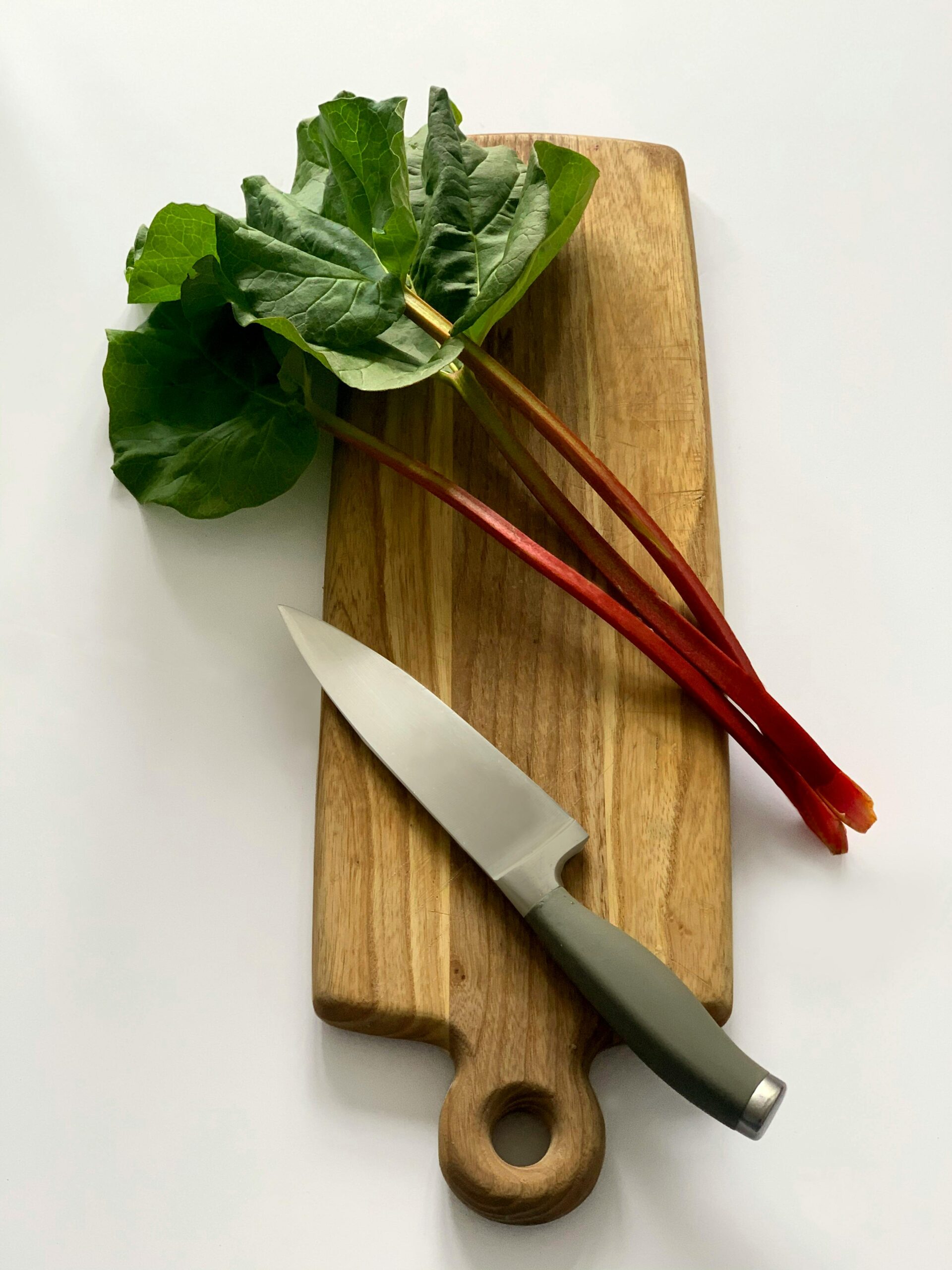
Rhubarb
Rhubarb might seem like an odd addition to this list, especially since its stalks are a major ingredient in pies and desserts. However, the leaves of the rhubarb plant contain oxalic acid, which can cause kidney issues if ingested. While most gardeners know to avoid the leaves, it’s still worth mentioning for those who might be tempted to use the whole plant as a snack.
popular posts
Garden

9 Plants Flowering In Autumn That Your Garden Needs
by TeeJay Small | September 27, 2024

How To Plant And Care For A Firestick Plant, AKA The Pencil Cactus
by TeeJay Small | October 4, 2024
FOLLOW ALONG ON INSTAGRAM
#homeandtexture
Find us on social for more home inspiration where culture, personal style, and sophisticated shopping intersect to help you create a home where you love to live.


